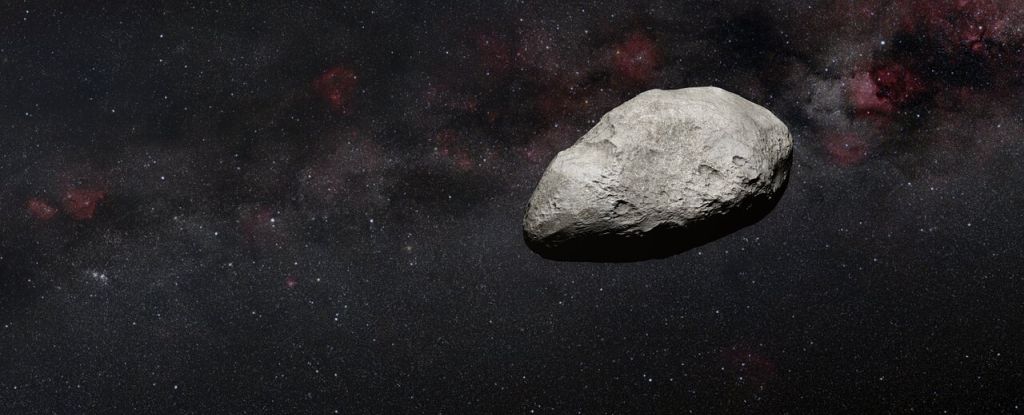Failed observations of a specific target with the JWST have led to something far more interesting.
In the asteroid belt drifting in between Mars And Jupiterthe space telescope discovered a previously unknown and extraordinarily small, asteroid. The as yet unnamed boulder measures just 100 to 200 meters (328 to 656 ft) in diameter and is most likely the smallest object imaged by JWST to date.
Not only is it a great demonstration of the JWST’s capabilities, it also suggests that those capabilities can be used to better categorize the millions of debris lurking in the Main Belt.
“We have – quite unexpectedly – discovered a small asteroid in publicly available MIRI calibration observations,” says astronomer Thomas Müller of the Max Planck Institute for Extraterrestrial Physics in Germany.
“The measurements are among the first MIRI measurements to target the plane of the ecliptic, and our work suggests many new objects will be discovered with this instrument.”
When the JWST metaphorically opened its golden honeycomb eye in July 2022, scientists began to put it through its paces, calibrating its instruments and making sure everything was working as it should. One of these instruments is the mid-infrared instrument or MIRI.
MIRI’s calibration target was a much larger asteroid in the so-called Main Belt (10920) 1998 BC1, discovered in 1998 and measuring 15.7 kilometers (9.75 miles) in diameter. Unfortunately, the JWST observations weren’t particularly good: the telescope wasn’t pointing quite right, and the images of the target were far too bright and overexposed.
It wasn’t a total bust for 10920; The images obtained by the JWST allowed the researchers to test some techniques for constraining the size and orbit of asteroids, combined with data from other ground- and space-based telescopes.
But there was something else. Each image showed a faint object moving with respect to both 10920 and the background light sources. The team conducted a careful analysis and determined that the faint object was likely another, previously unidentified, and much smaller asteroid.
The discovery has yet to be confirmed, but if so, it will be one of the smallest asteroids ever discovered in the Main Belt. The detection of asteroids of this size is of crucial importance for studies of the size-frequency distribution of objects in the belt.
You might think finding asteroids in an asteroid belt is a no-brainer, but it’s a bit harder than you might think. So far, astronomers have clearly identified over 600,000 main belt asteroidsand tentatively identified nearly 550,000 others…but it is estimated that there are millions upon millions more, most of them in the small size range.
And the smaller ones are much harder to spot than the larger ones. Which really makes it a coup to accidentally spot one.
“Our results show that even ‘failed’ Webb observations can be scientifically useful given the right mindset and a bit of luck.” says Mueller.
“Our discovery is in the main asteroid belt, but Webb’s incredible sensitivity has made it possible to see this roughly 100-meter-wide object more than 100 million kilometers away.”
The asteroid belt is a sparsely populated rock donut hanging on the solar system plane and spanning a distance between 2.2 and 3.2 astronomical units from the sun – 329 million to 478.7 million kilometers or 204.43 million to 297.45 million miles.
But the average distance between asteroids is estimated to be about 600,000 miles. If you’re not looking at the right spot in the sky, you might not see anything at all.
The JWST accidentally looked at the right part of the sky during its calibration observations. And the researchers think it could have more such lucky accidents in the future as it observes targets that match the solar system plane.
“We estimate,” write the researchers in their paper“that MIRI frames with alignments near the ecliptic and short integration times of only a few seconds always contain a few asteroids; most of them will be unknown objects.”
The research was published in Astronomy & Astrophysics.





